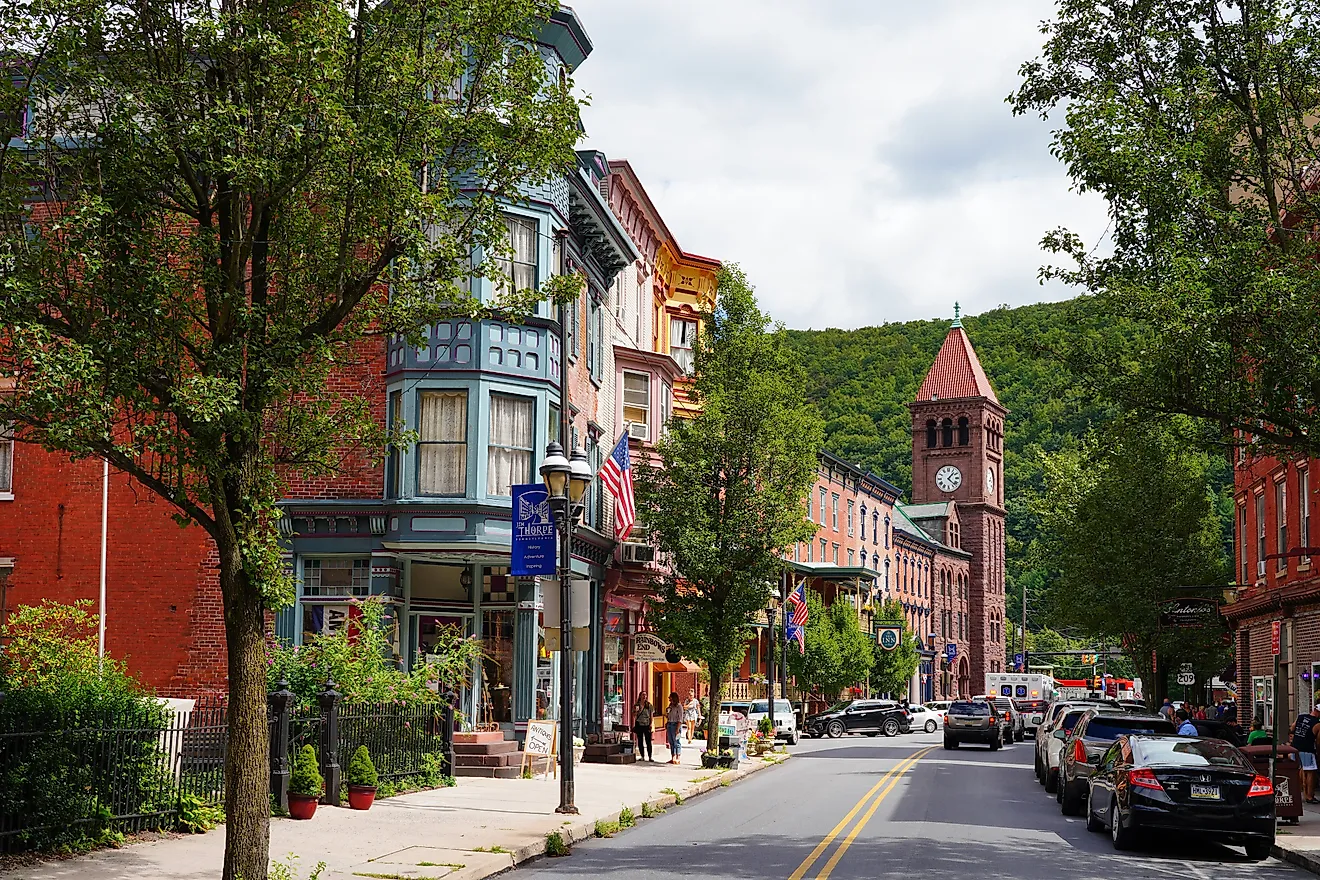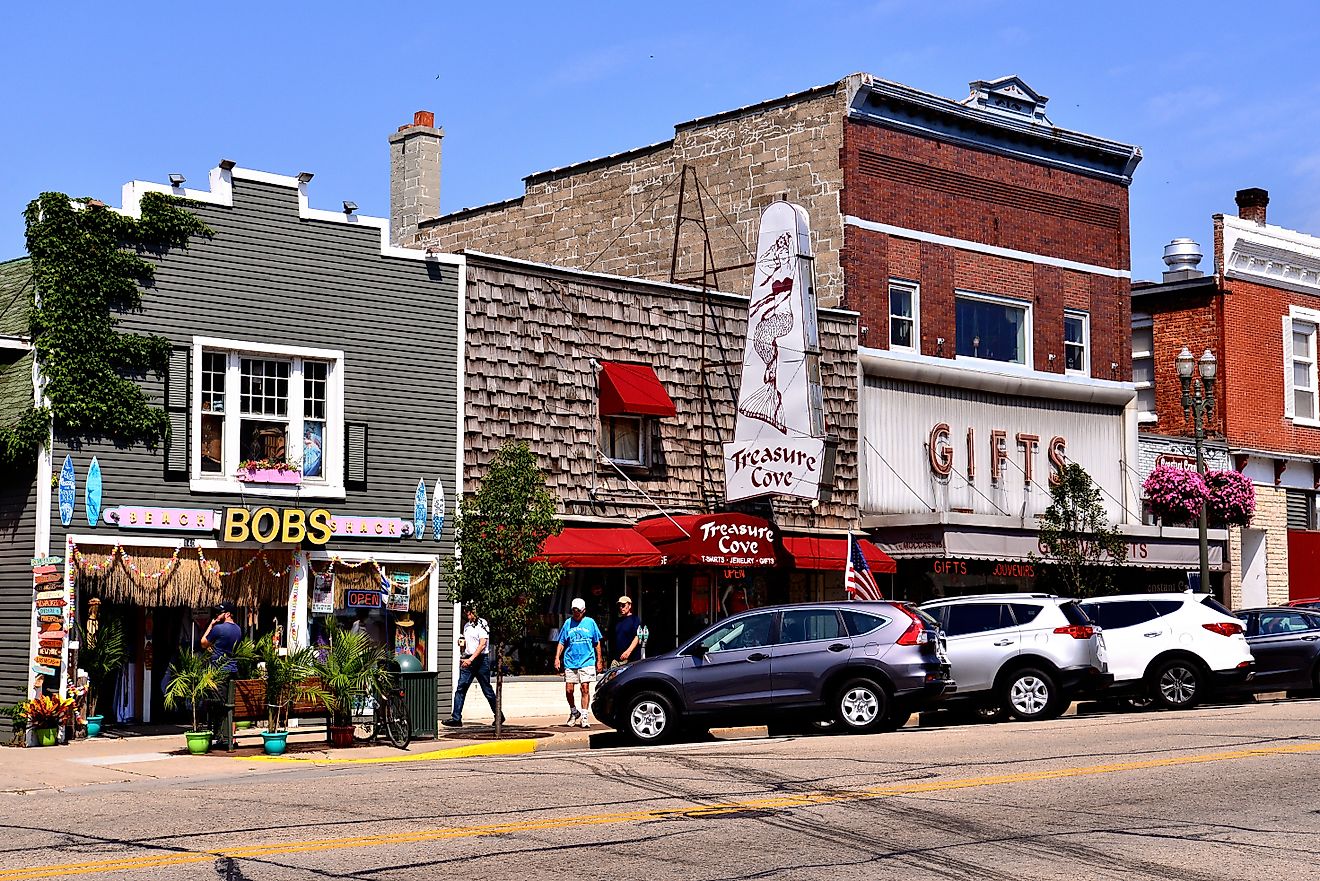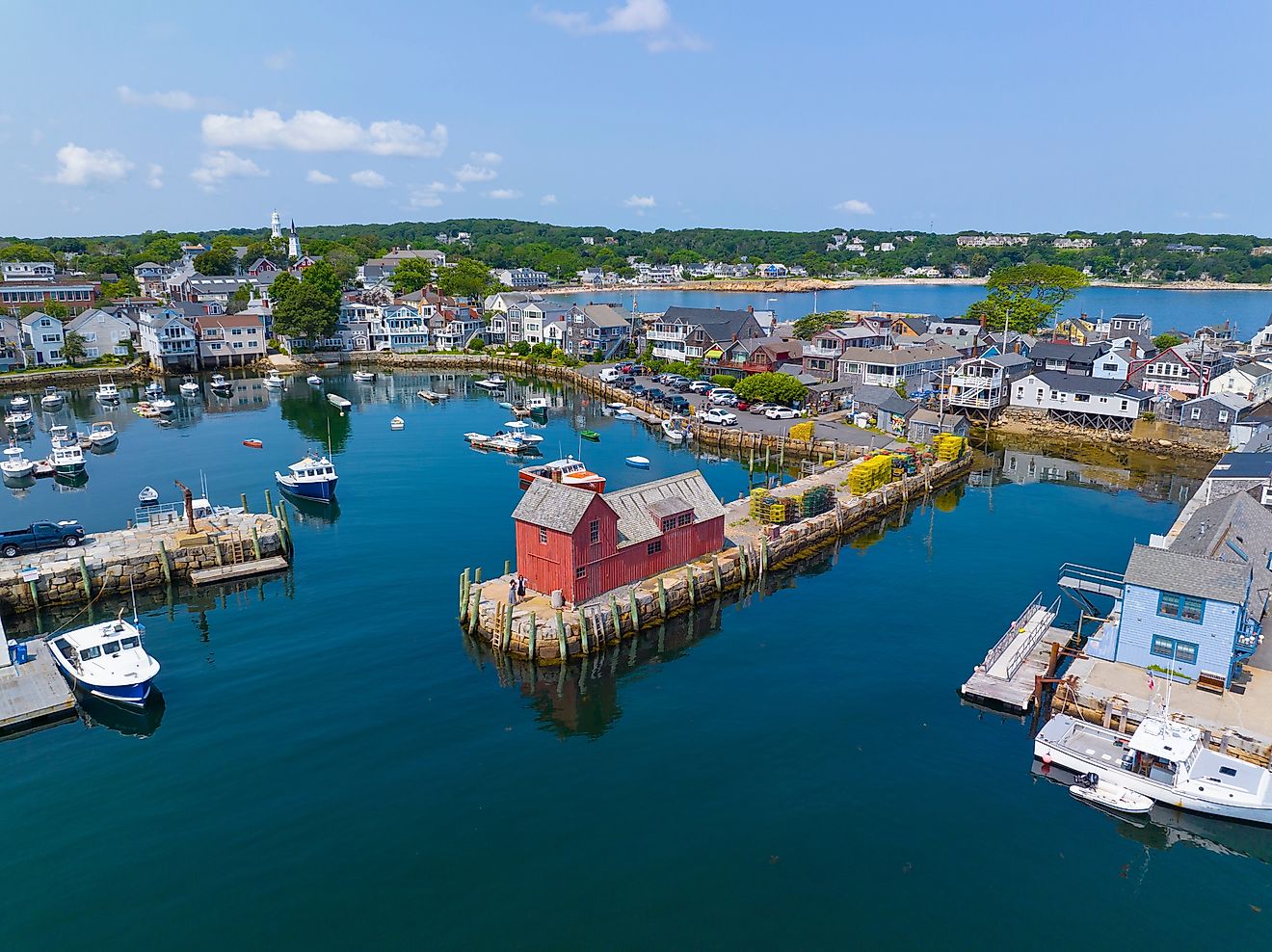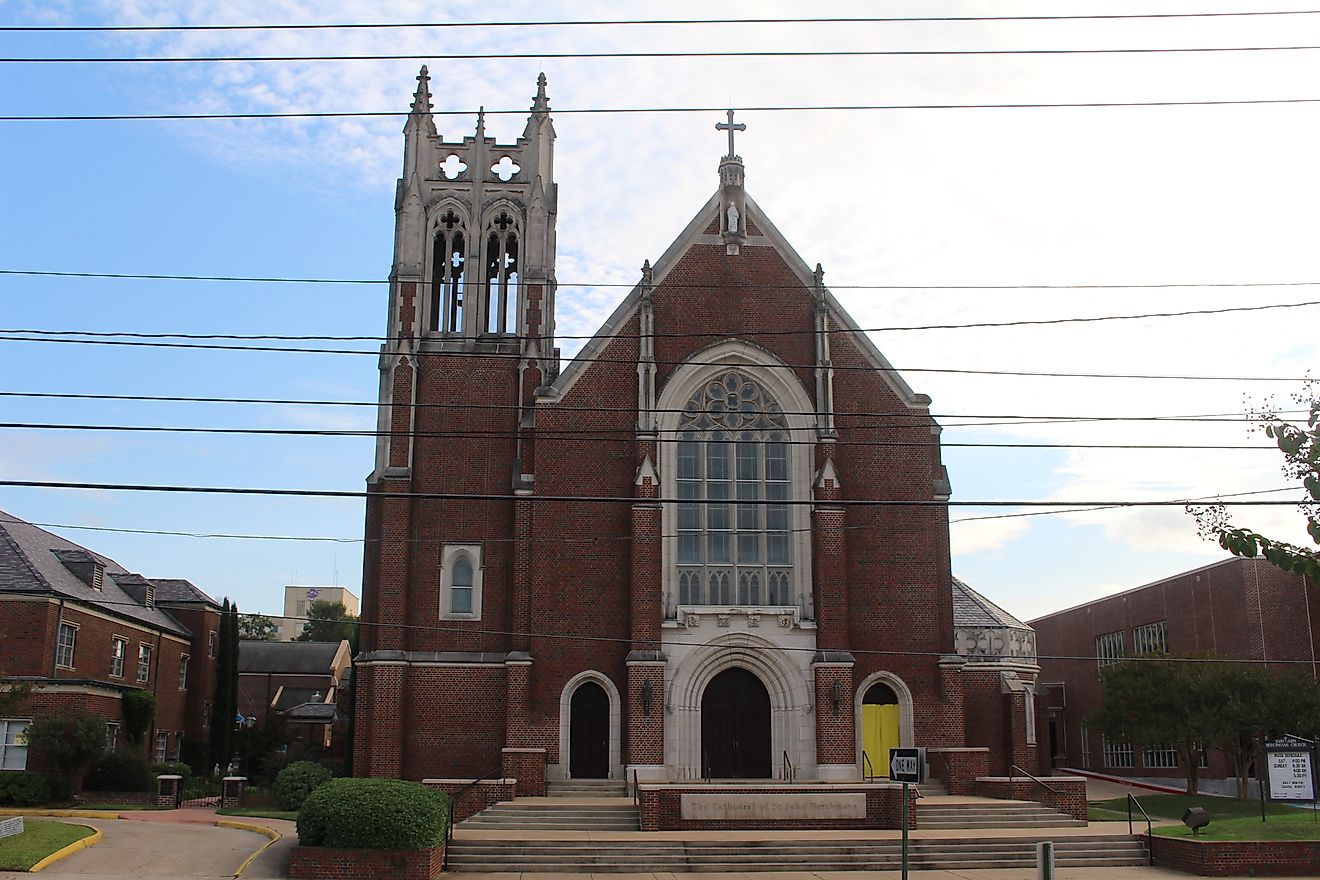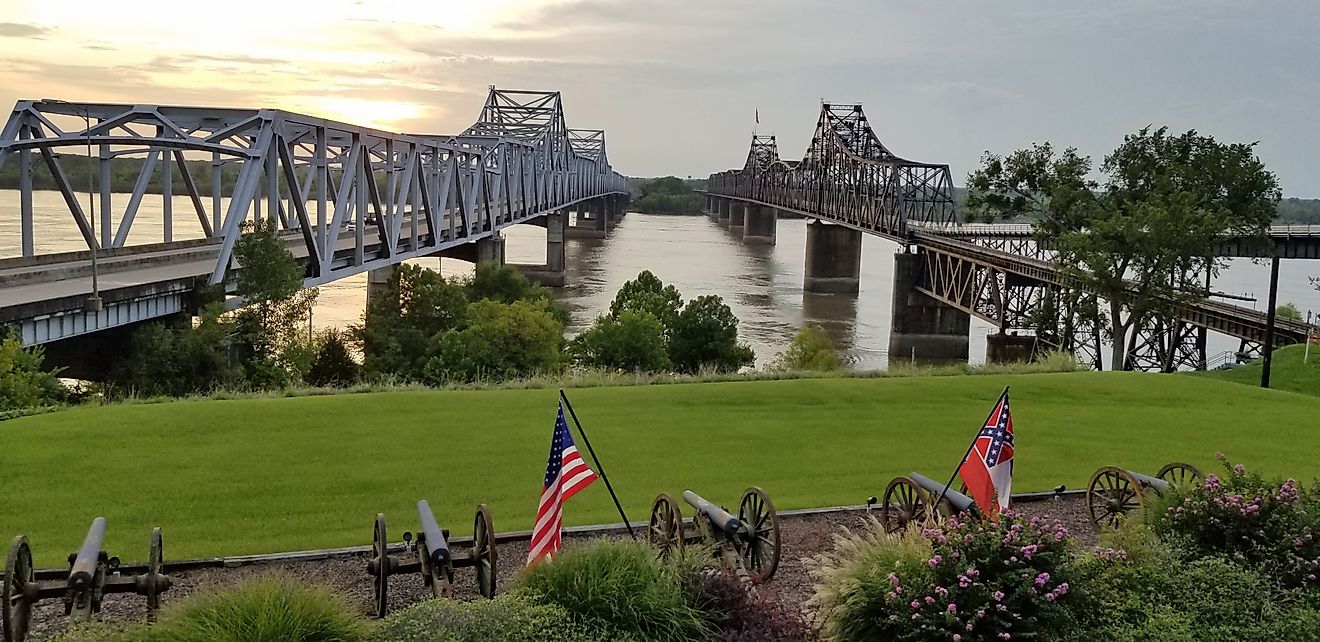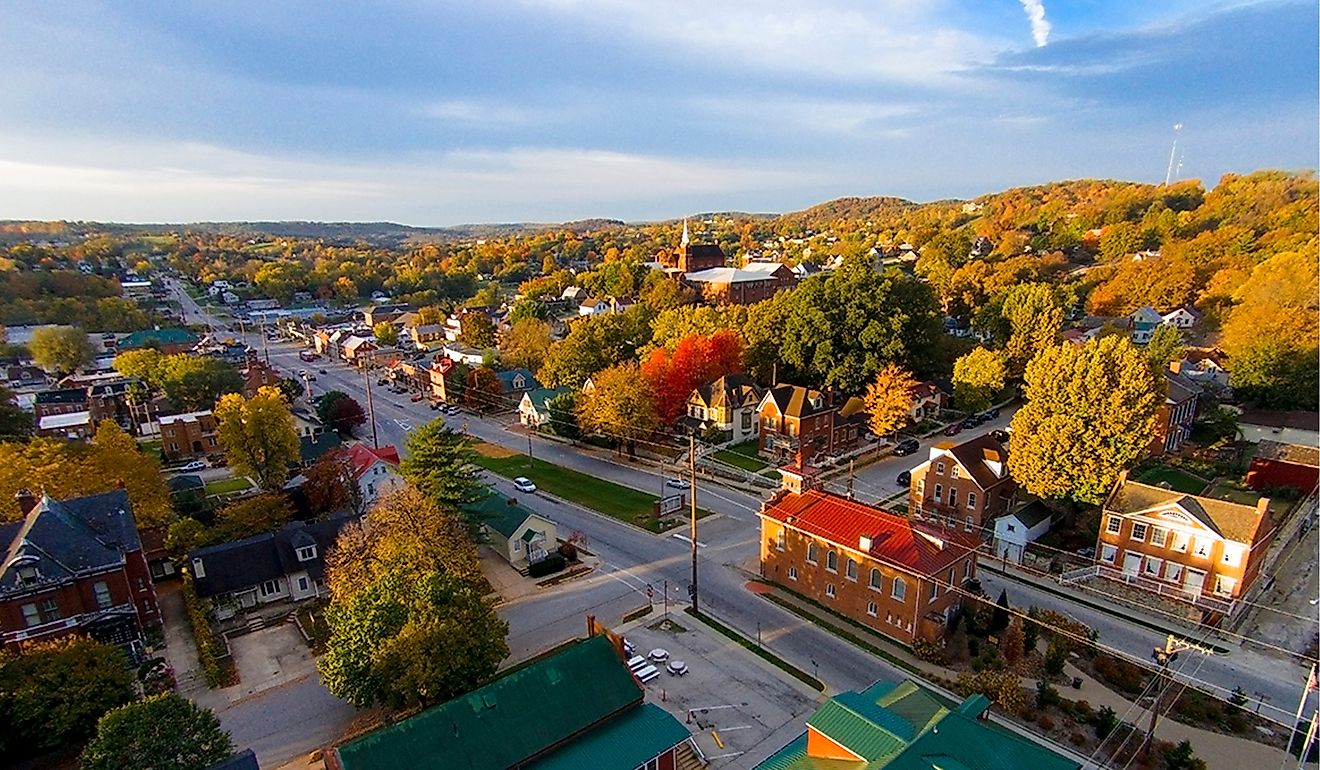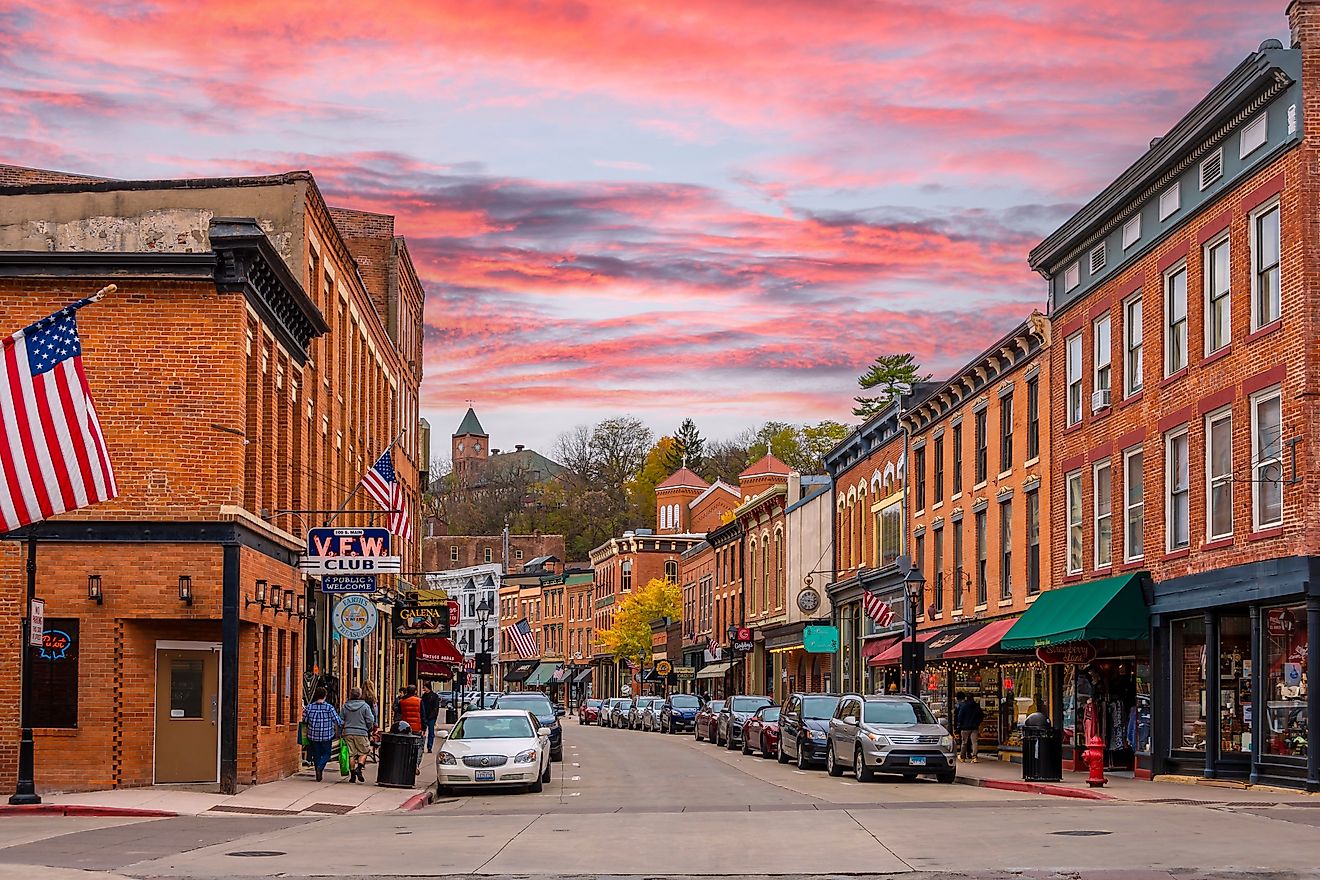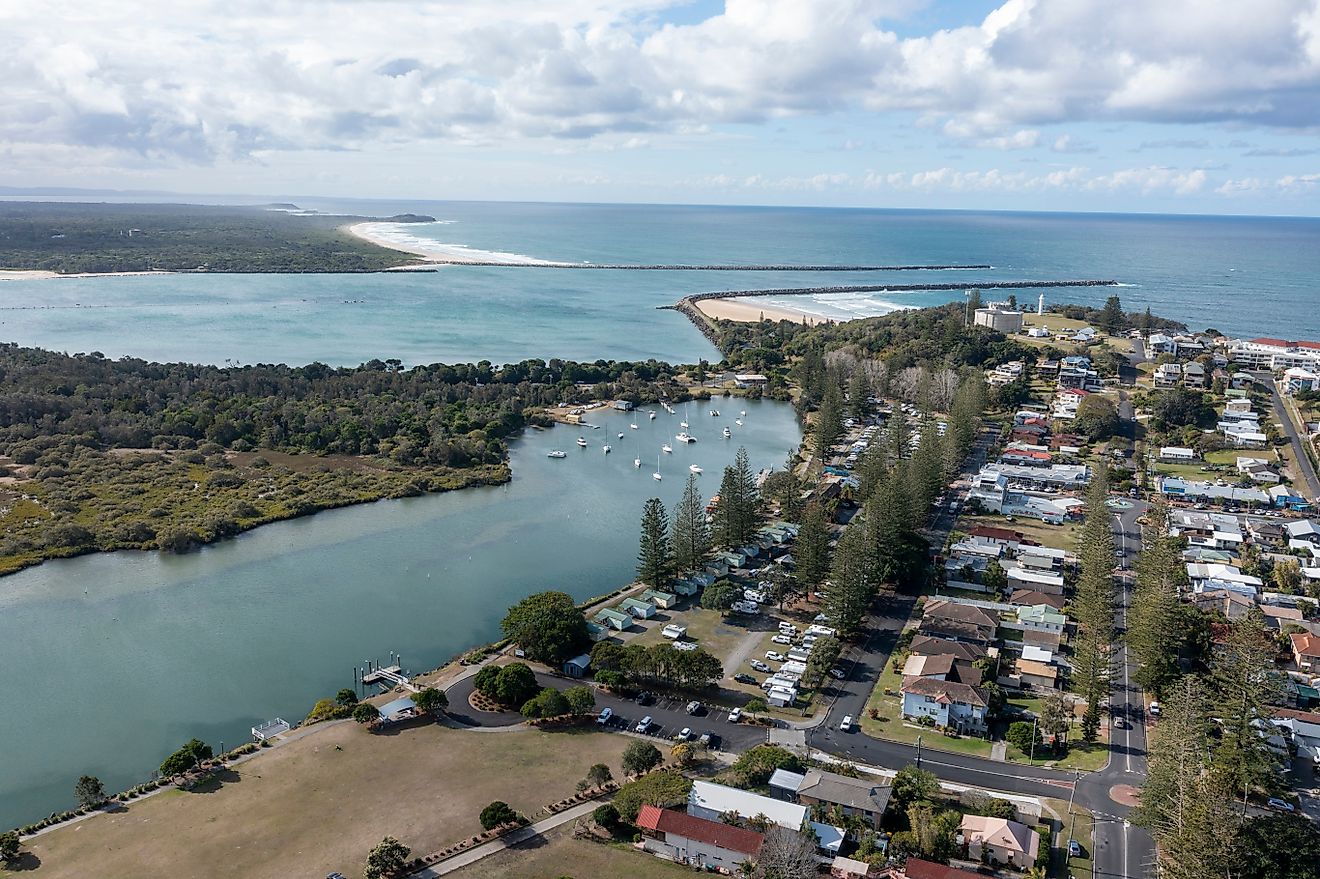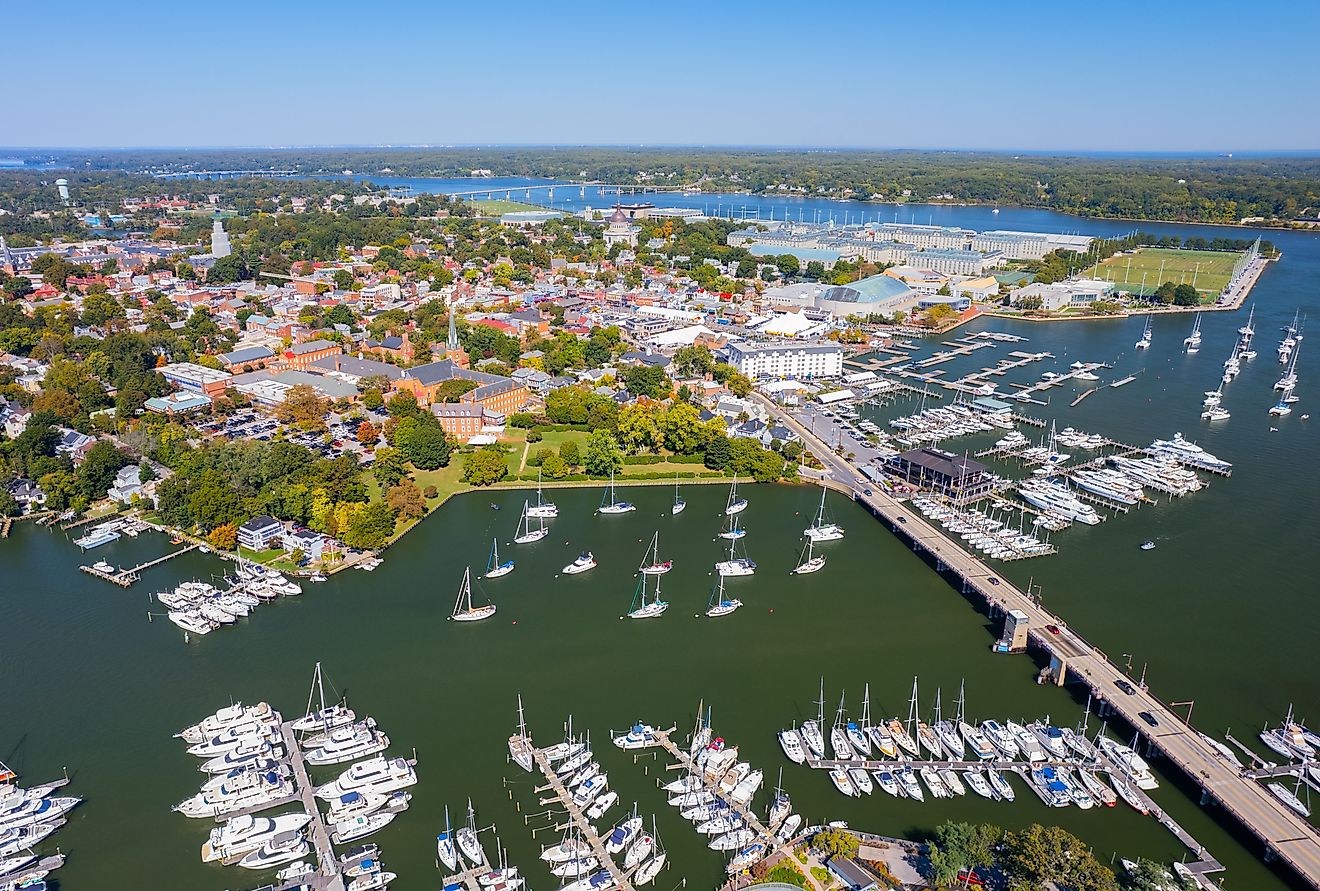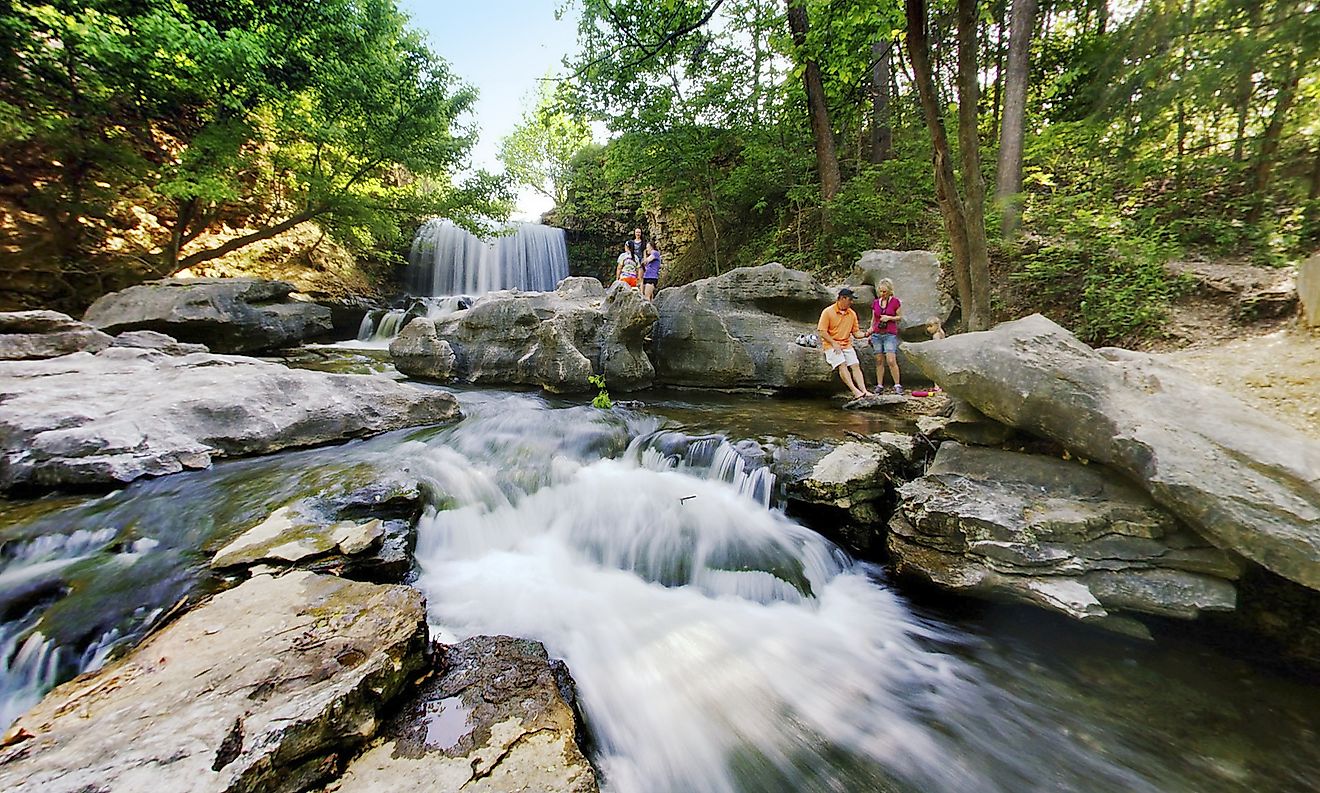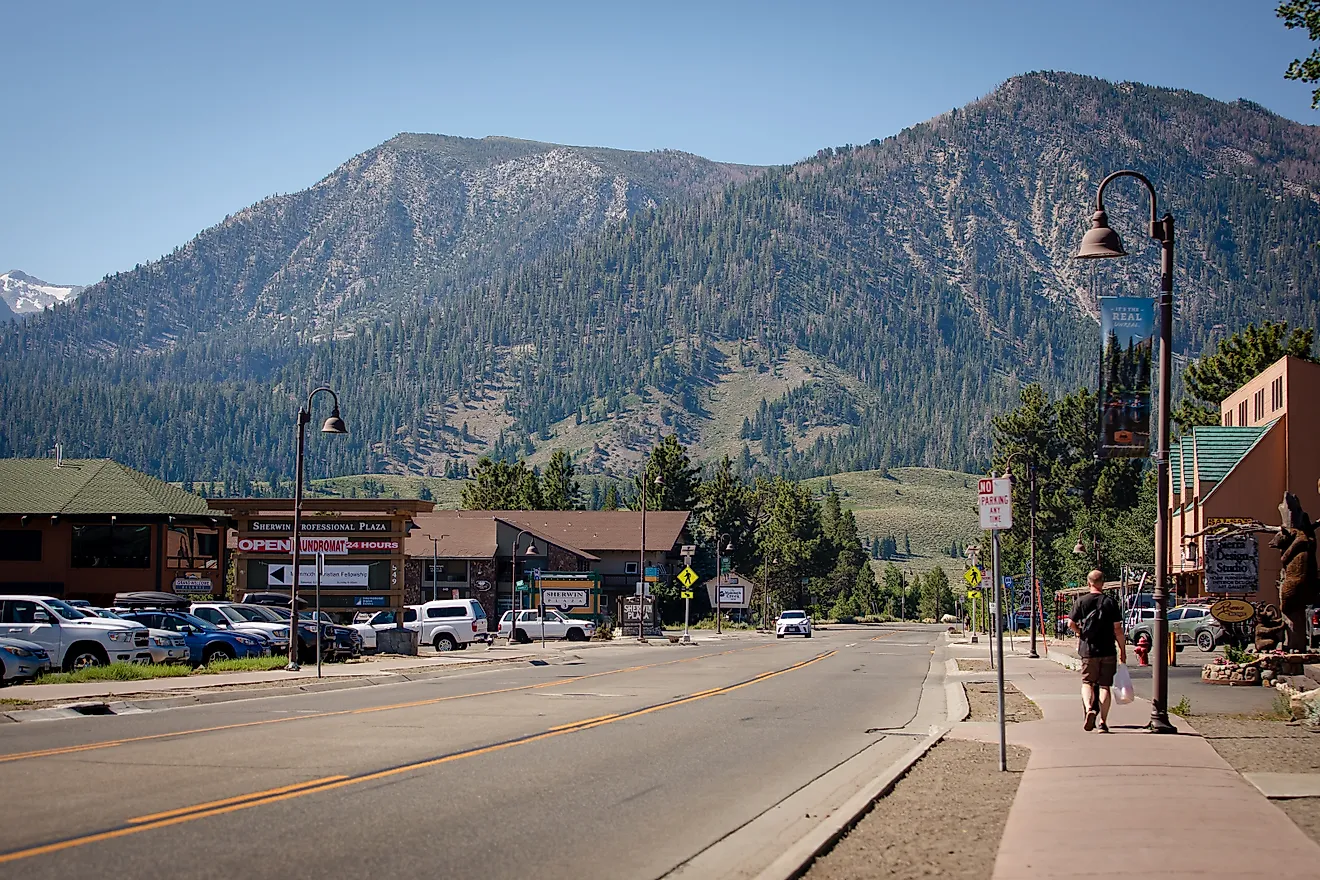Pacific States
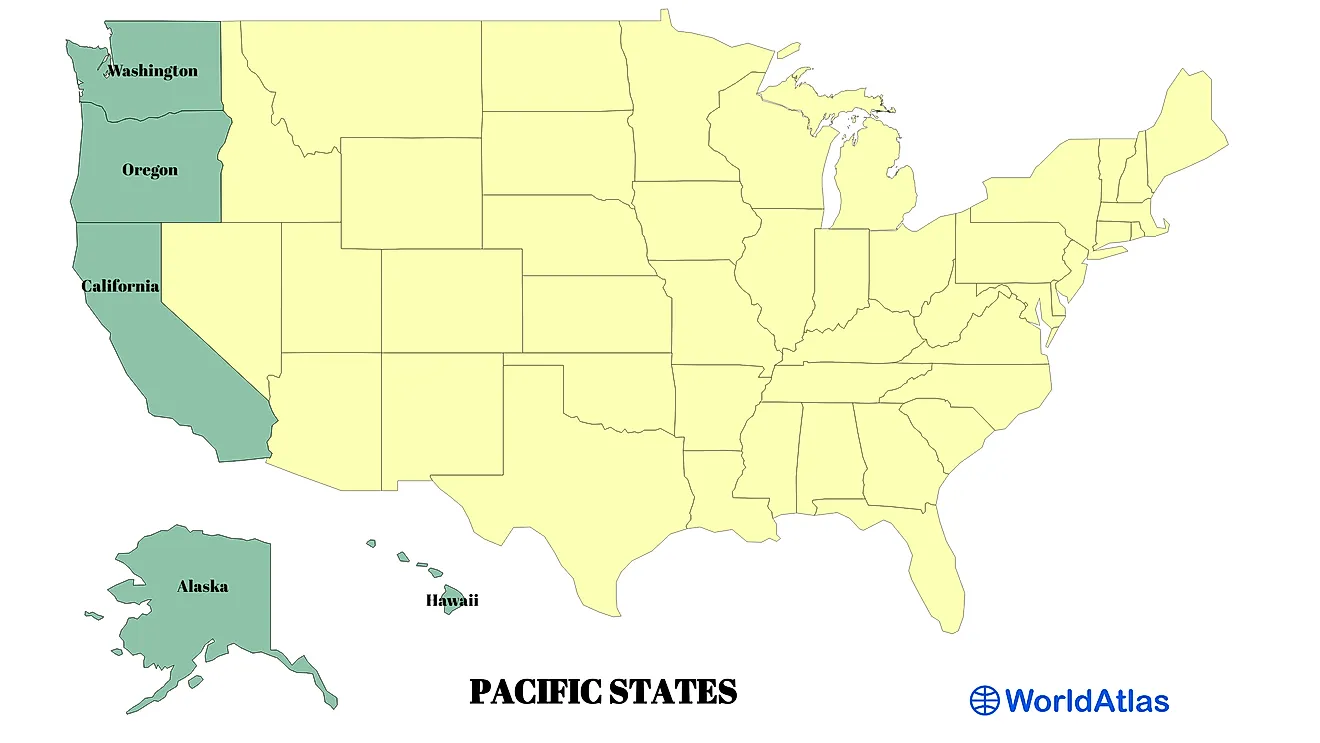
- The Pacific States are five US states that border the North Pacific Ocean.
- Europeans began colonizing the territory of the present-day Pacific States in the 18th century.
- The Pacific State of California is the most populous state in the entire United States.
- The Pacific State of Alaska is the largest state in the entire United States.
- The Pacific States are home to very diverse population, which includes large Hispanic, Latino, Asian, and Native American communities.
As the name implies, the Pacific States are five US states that border the North Pacific Ocean. This region of the United States is also referred to as the West Coast, the Pacific Coast, or the western seaboard. The Pacific States are Alaska, California, Hawaii, Oregon, and Washington. California is the most populous state in the entire United States, while Alaska is the largest and most northerly state. Hawaii is the lone island state in the country. The Pacific States are home to an estimated total of 51 million people, who come a wide variety of ethnic and cultural backgrounds.
A Brief History Of The Pacific States
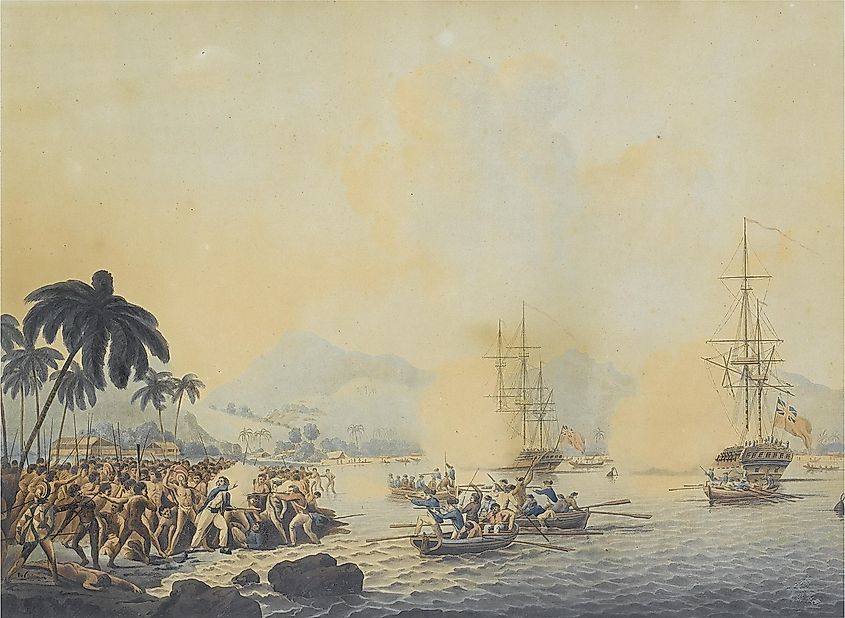
Many Native American peoples inhabited what are now the Pacific States prior to contact with Europeans. Their ancestors came across the Bering Strait, between present-day Russia and Alaska, when a land bridge linked Asia and North America, between 45,000 BCE and 12,000 BCE. It is thought that Hawaii was first inhabited 1,500 years ago, when Polynesians sailed to the islands.
The European conquest of the present-day Pacific States began in the 18th century. The Spaniards had conquered most of the Pacific Coast of what is now the Continental United States by the late 18th century. At the same time, the Russians began to colonize Alaska. In the early 19th century, the Spanish Pacific Coast became part of the new country of Mexico, while the United States and Britain jointly occupied the Pacific Northwest. By the mid-19th century, the Americans gained control of what is now the Pacific Northwest region of the Continental United States. This happened at about the same time as the Mexican-American War (1846-1848).
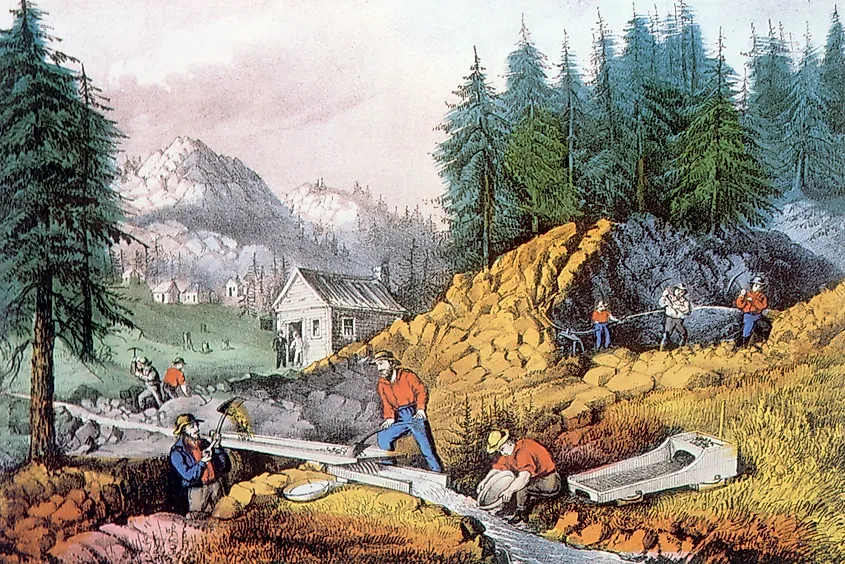
In 1848, the Treaty of Guadalupe was signed, by which Mexico ceded most of its territory north of the Rio Grande to the United States, including the present-day state of California. In that same year, the California Gold Rush began, luring thousands of people to the newly conquered US territory. Just two years later, California became a fully-fledged US state. In 1859, Oregon was also given statehood. In 1867, the United States purchased Alaska from Russia. Washington became a state in 1889.
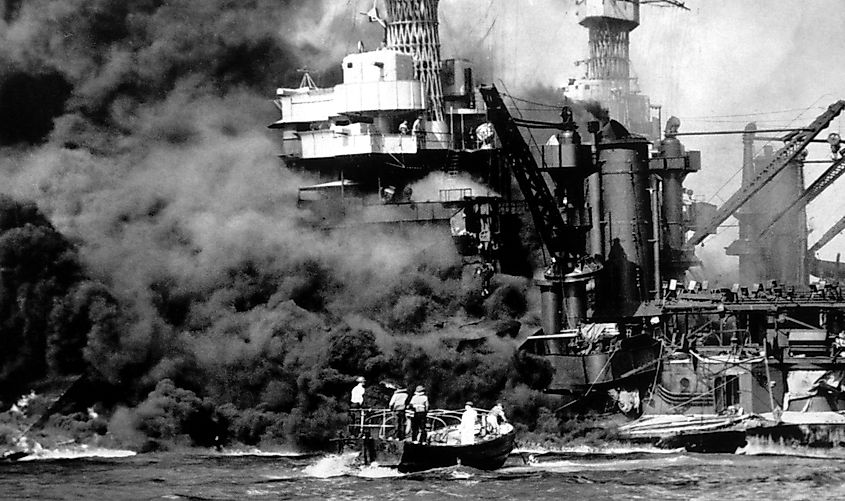
The American conquest of Hawaii began in the late 19th century. At the time, Hawaii was an independent kingdom. But in 1893, the Hawaiian queen, Liliuokalani, was placed under house arrest. The United States annexed the islands in 1898. During World War II, parts of Alaska and Hawaii became battlefields. The Japanese attack on Hawaii’s Pearl Harbor on December 7, 1941 brought the United States into the war against the Axis Powers, of which Japan was a member. The Americans also fought Japanese forces in the Aleutian Islands of Alaska during the war. In 1959, both Alaska and Hawaii ascended to US statehood.
Demographics Of The Pacific States
The Pacific States have a very diverse population. California is arguably the most diverse of all the Pacific States. This should not be surprising, as it is the most populous state in the entire United States, and has been since 1964. Today, California boasts a population of more than 39 million, a figure that dwarfs the populations of the other Pacific States. Washington, the next most populous state, has 7.79 million residents. Oregon has a population of 4.28 million, Hawaii 1.4 million, and Alaska just 724,000 residents, making it the least populous state of all the Pacific States, and the third least populous state in all of the United States.
Biggest Cities
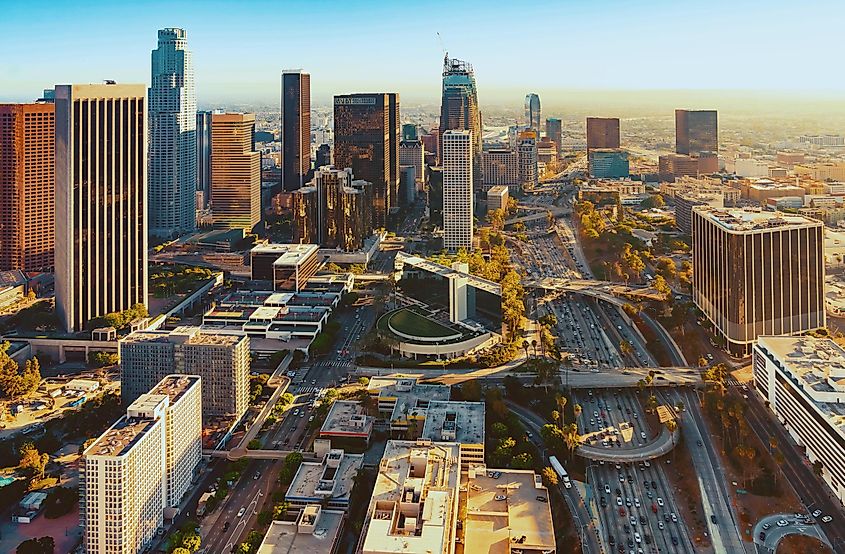
The largest city of the Pacific States is Los Angeles, California, which has an estimated population of nearly 4 million people. The next most populous cities are also located in California. Large cities outside of California include Seattle, Washington, and Portland, Oregon.
- Los Angeles - 3,990,456
- San Diego - 1,425,976
- San Jose - 1,030,119
- San Francisco - 883,305
- Seattle - 744,955
- Oakland - 428,827
- Portland - 653,115
- Sacramento - 501,529
- Fresno - 530,093
- Long Beach - 467,354
Population Composition
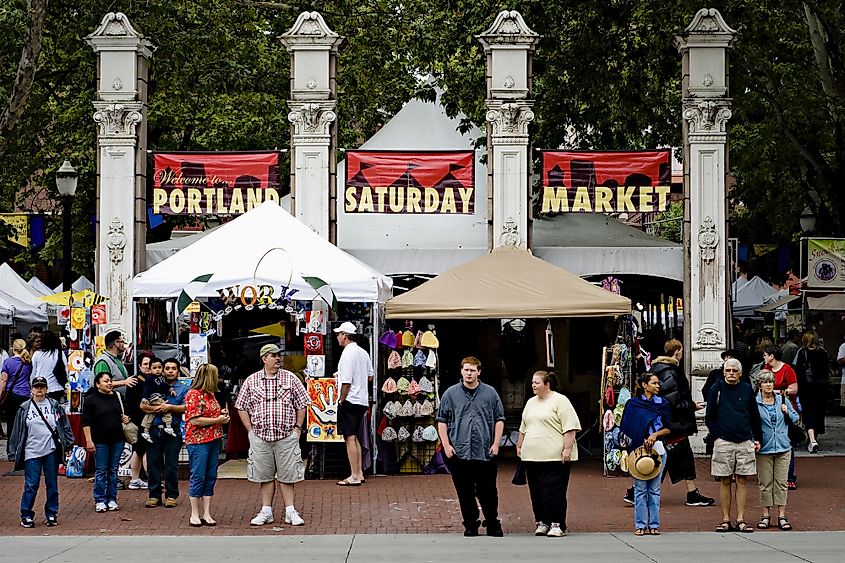
In Oregon, most of the population is of European descent, with the largest groups being of German, English, or Irish descent. The state also has a high percentage of both Native Americans and Asian Americans in its population compared to other US states. Washington has a sizeable Hispanic and Latino community, which makes up 12.4% of its total population. There are also many Native American communities in the westernmost and Pacific coast regions of the state. Washington’s Asian Americans and Pacific Islanders are concentrated in the Seattle-Tacoma Metropolitan Area.
Hawaii has the distinction of being the only US state in which the majority of the population do not classify themselves as white. In fact, the state’s largest population group consists of Asian Americans. There is also still a sizeable population of Native Hawaiians, as they compose about 10% of the state’s total population. About 20% of Alaska’s population consists of indigenous peoples, which makes the state number one in terms of its percentage of indigenous people relative to its total population. The indigenous people of Alaska include the Aleuts, Inuit, Haida, Tlingit, and Athabascans.
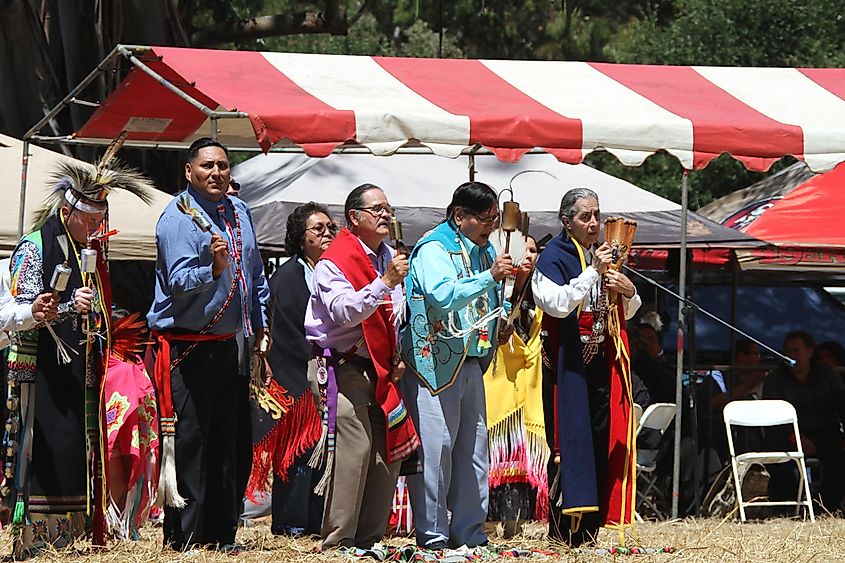
California has more Native Americans living within its borders than any other US state. More than 762,000 Native Americans live in California. Their numbers, however, make up just 0.77% of the state’s total population. California is better known for its Hispanic and Latino population. Indeed, California has the largest community of Hispanics and Latinos in the entire United States.
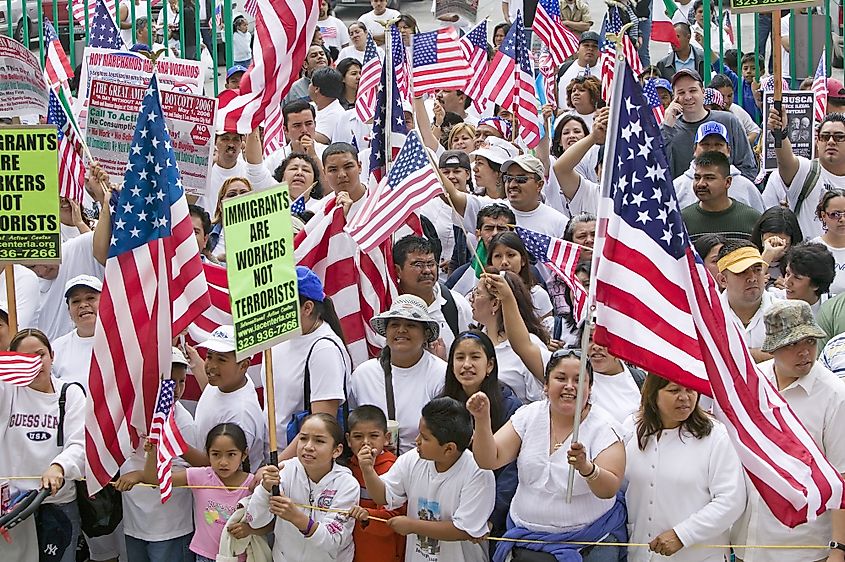
By 2014, the number of Hispanic and Latino people in the state surpassed those who identified themselves as non-Hispanic Whites. Many, if not most, of California’s Hispanic and Latino people are of Mexican descent, as waves of migrants from Mexico, consisting of people searching for a better life, have streamed into the United States for many years. Controlling immigration from Mexico is often the subject of tense political debate in the United States, especially around election time. California also has a large Asian American community. Its percentage of Asian Americans relative to its total population is 14.49%, which is a figure surpassed only by Hawaii.
In recent history, relations between the multitude of cultural and ethnic communities in the Pacific States have generally been peaceful, though there have been tensions that have led to violence, especially in California, where people of many different backgrounds live in such close proximity to each other.
